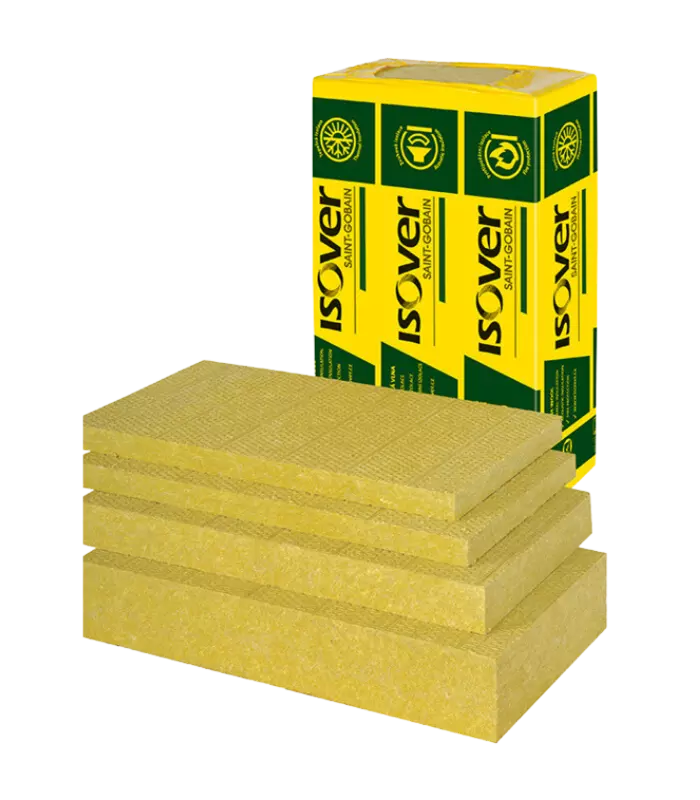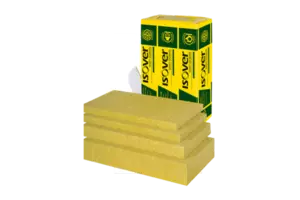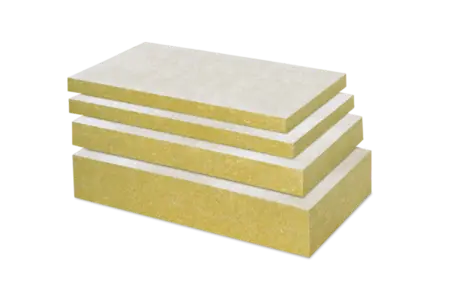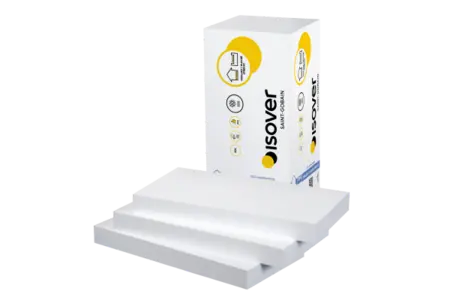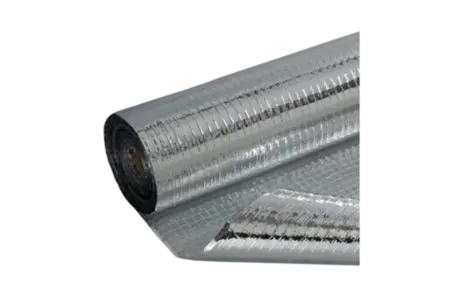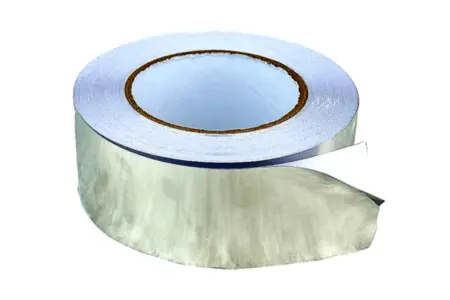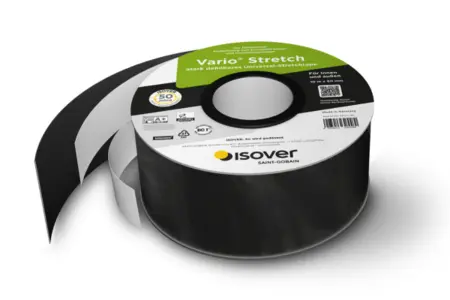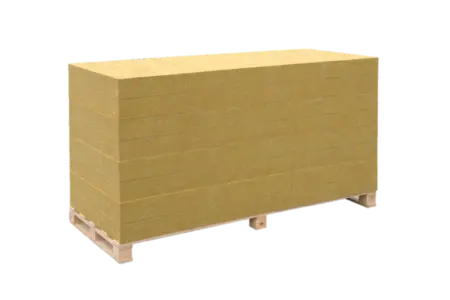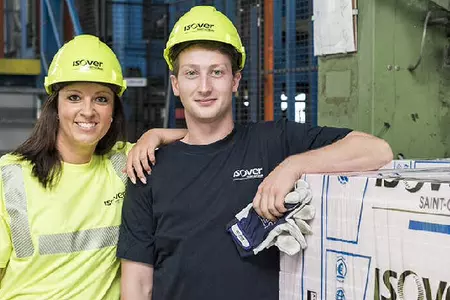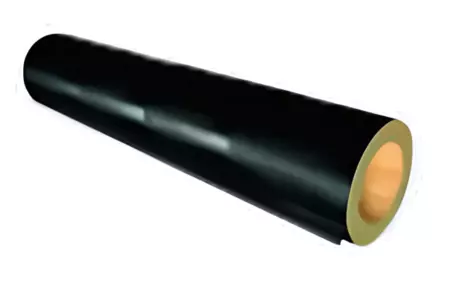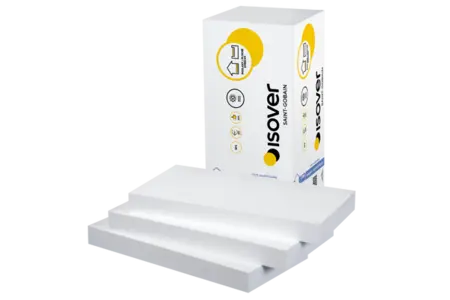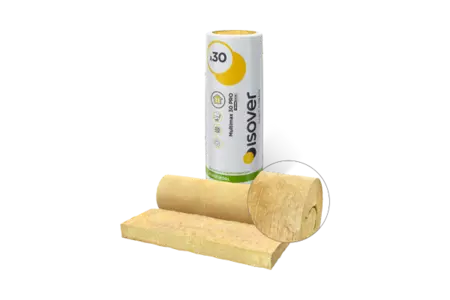Isover Flora
They are used for extensive and semi-intensive compositions of flat and sloping roofs as a partial replacement of the substrate. They are light and airy, which facilitates handling and transport compared to substrates. They have a balanced ratio between hydroaccumulation and water permeability. It is delivered by packages, packages on pallets, but also the boards themselves on pallets.

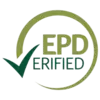

They are used for extensive and semi-intensive compositions of flat and sloping roofs as a partial replacement of the substrate. They are light and airy, which facilitates handling and transport compared to substrates. They have a balanced ratio between hydroaccumulation and water permeability. It is delivered by packages, packages on pallets, but also the boards themselves on pallets.
Product characteristics
Hydrophilic stone wool is produced similarly to ordinary mineral insulation, i.e. by fiberizing a molten mixture consisting of volcanic rocks and recycled material. The created mineral fibers are processed into the final shape of the boards within the production line. Unlike hydrophobized insulation, no hydrophobizing oils are added to this type of mineral wool, so the material holds water very well and thus creates an environment for plant growth.
Usage
Isover Flora are basic substrate boards for Isover vegetation roof systems. they are mainly used for extensive and semi-intensive compositions of flat and counter roofs as a partial replacement of the substrate. They are light and airy, in addition to greening new buildings, they are also suitable for renovations. They have a balanced ratio between hydroaccumulation and drainage. This ensures drainage of excess water and, at the same time, sufficient accumulation of rainwater for periods without natural watering.
Packaging, transport, storage
Isover Flora boards are packed in PE foil. They are available as boards in packages on pallets or as loose boards on a pallet. Boards must be transported in covered means of transport under conditions excluding their excessive wetting or other deterioration. They are stored in covered dry areas lying down to a maximum layer height of 2 m.
Key Facts
- Significantly less load on the roof.
- High drainage capacity.
- Good hydroaccumulation properties.
- High porosity - more air for the roots.
- Good thermal insulation effects even when wet.
- Health and ecological safety.
Varianty produktu
| Thickness (mm) | Rozměry (mm) |
Množství v balíku (ks) |
Množství v balíku (m2) |
Množství v balíku (m3) |
Množství na paletě (m2) |
Množství na paletě (m3) |
|---|---|---|---|---|---|---|
| Thickness (mm)30 | Rozměry (mm)1 000 × 600 |
Množství v balíku (ks)10 |
Množství v balíku (m2)6 |
Množství v balíku (m3)0,18 |
Množství na paletě (m2)48 |
Množství na paletě (m3)1,44 |
| Thickness (mm)50 | Rozměry (mm)1 000 × 600 |
Množství v balíku (ks)8 |
Množství v balíku (m2)4,8 |
Množství v balíku (m3)0,24 |
Množství na paletě (m2)28,8 |
Množství na paletě (m3)1,44 |
| Thickness (mm)50 | Rozměry (mm)1 200 × 1 000 |
Množství v balíku (ks)- |
Množství v balíku (m2)- |
Množství v balíku (m3)- |
Množství na paletě (m2)28,8 |
Množství na paletě (m3)1,44 |
| Thickness (mm)100 | Rozměry (mm)1 000 × 600 |
Množství v balíku (ks)4 |
Množství v balíku (m2)2,4 |
Množství v balíku (m3)0,24 |
Množství na paletě (m2)14,4 |
Množství na paletě (m3)1,44 |
| Thickness (mm)100 | Rozměry (mm)1 200 × 1 000 |
Množství v balíku (ks)- |
Množství v balíku (m2)- |
Množství v balíku (m3)- |
Množství na paletě (m2)14,4 |
Množství na paletě (m3)1,44 |
Dokumenty
Mohlo by vás zajímat

